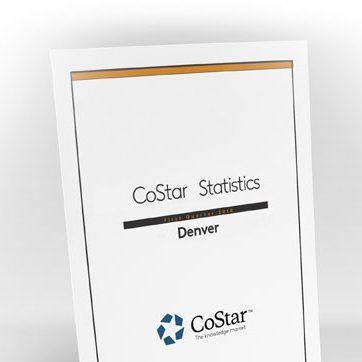A boom in consumer spending has been a key driver for the recovering retail sector in the last year. Personal savings added up during the pandemic as people stayed home, and those savings translated into a substantial uptick in spending. Additionally, fiscal support provided by the U.S. government throughout the pandemic provided consumers with additional funds at their disposal.
The increased foot traffic and in-person shopping is giving retailers confidence with many committing to more space. Trailing 12-month absorption totals 1.0 million SF, a sharp rebound after 850,000 SF was vacated in 2020. Asking rents are on the rise, increasing by 3.5% year-over-year. Investors have returned to the market; sales volume in 2021 was the best year on record and momentum continues through the first half of 2022.
While retail fundamentals have improved, the sector still faces headwinds heading into 2023. Inflationary pressure, the highest in decades, is eroding consumer buying power. High inflation is also making it harder for retailers to turn a profit unless costs are passed on to the consumer. A labor shortage still persists, forcing many retailers to operate at reduced capacity despite a recovery in demand. Even with these challenges, Denver’s retail market remains on solid footing.
Source: CoStar

